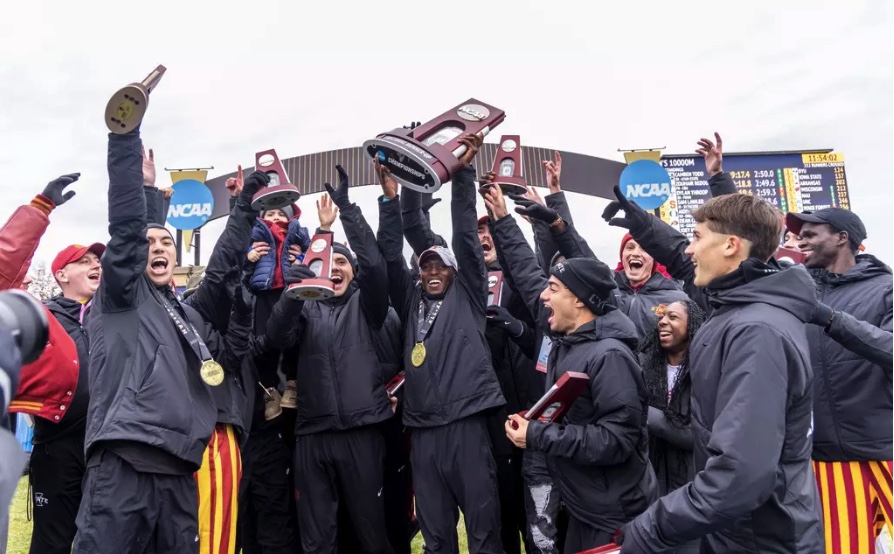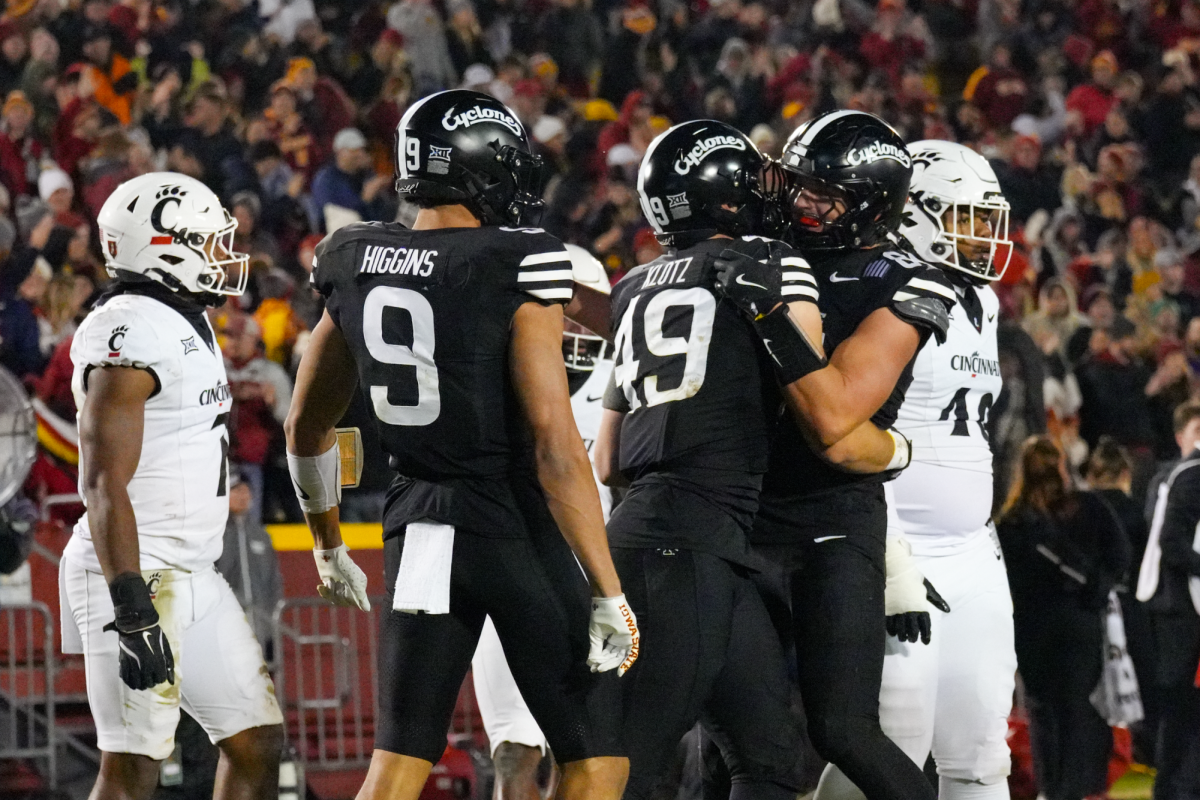Goin’ Fishin’ with Lonnie Brooks
October 17, 2000
Writing music is kind of like a box of chocolates for blues veteran Lonnie Brooks.
However, it’s more like fishing.
“It’s like putting bait on a line and throwin’ it out there in the water. You don’t know what you’re going to catch,” he says in his soft, Southern drawl.
Brooks certainly must be casting his lines in the right places. He has released 14 albums, which have earned him critical acclaim in the pages of Rolling Stone, Guitar World and other prestigious publications. He also has been nominated for two Grammys.
His style rests somewhere in the crevices between soulful R&B, rock `n’ roll and blues, which he soaked up while living in Chicago during the 1950s. Brooks has showcased his unique genre-mixing brand of funk everywhere from country music concerts to rock halls to good ol’ blues clubs.
“I could take it any direction that I wanted to go because I could play so many styles of music,” Brooks says. “That’s how I developed my own sound, by doing blues on a rock beat and a zydeco beat . I had so many styles of music going at one time.”
Brooks’ impressive career began with what would be a dream come true to a budding musician – he was sitting on his front porch in Texas, playing his guitar, when zydeco musician Clifton Chenier heard his strumming and immediately gave him a job. During the next years, Brooks toured Texas, eventually working his way up the ranks of the Chicago blues circuit.
Soon he was jamming with the very people who had inspired him, sharing the stage with the likes of BB King, Eric Clapton, Little Milton, Howlin’ Wolf and Muddy Waters.
Today, Brooks headlines major events such as the Chicago Blues Fest, and still manages to remain accessible by playing more intimate venues such as the M-Shop.
“I like the closeness of a smaller place,” Brooks says. “I like to be close enough to touch if I want to. That feels good. You’re looking at people’s eyes while you’re playing.”
Lonnie Brooks last appeared at the M-Shop in 1989 for a PBS program called “Live at the Maintenance Shop.” Now, 11 years and three albums later, Brooks is back. And although his style has changed a bit, his fundamental sound remains the same.
“I’m trying to tap into what is happening now but still be Lonnie Brooks,” he explains. “I’m not going to change drastically. I still have to use my signature, but whatever beat is happening I get on that. You got to stay in the game.”
Brooks says he achieves this balance by never forgetting his earliest inspiration – the original Southern blues musicians.
“The first people who inspired you will always be there,” he says. “To you there is nobody better than them. These are the people you dream of. Every musician has their own gods, and that will never change.”
As time marches on and music continues to evolve, Brooks says younger blues musicians are naming him as their inspiration.
“They are just taking it to another level, just like I took Muddy Waters and John Lee Hooker to another level,” Brooks explains. “It will always change. Nothing stays the same. People have to listen and agree to this.”
Brooks’ style has flourished throughout not only his own generation, but those following.
If writing music is anything like fishing, he must be using the right bait.






